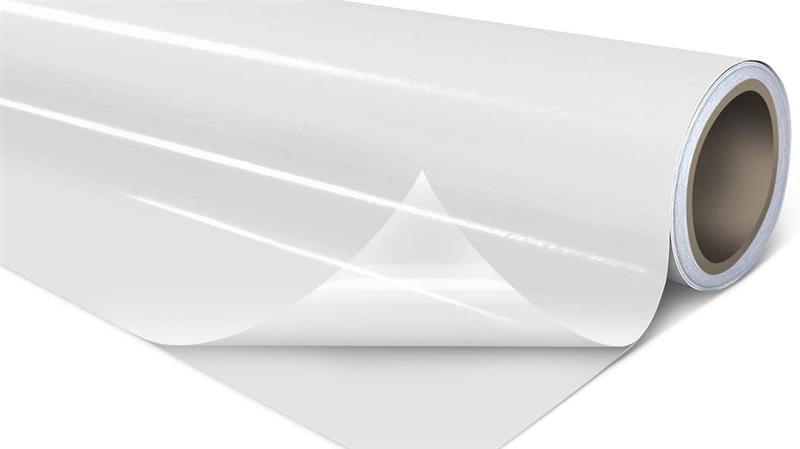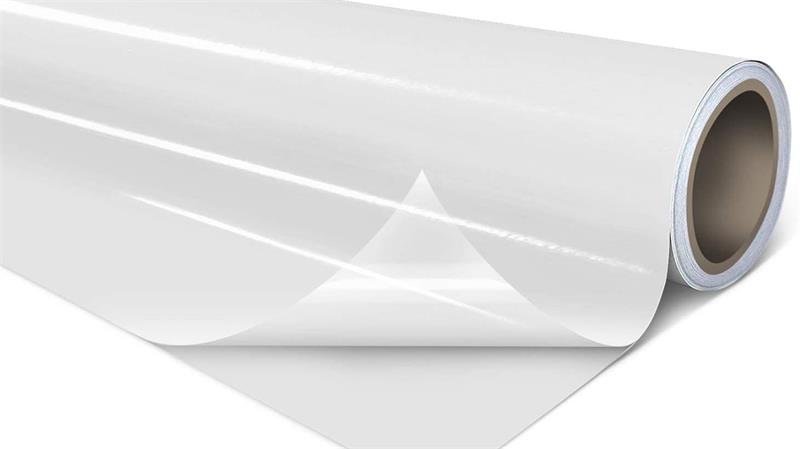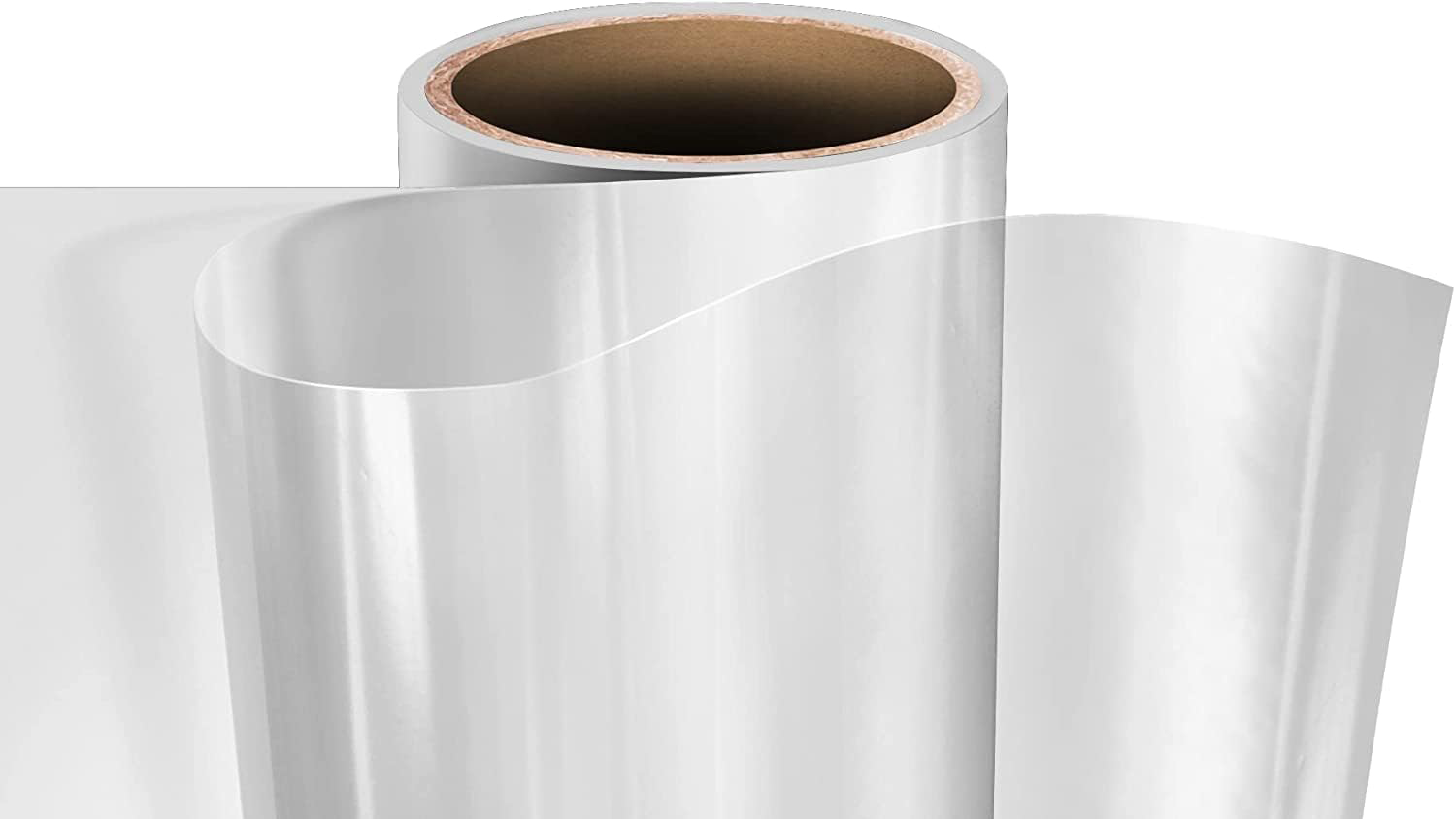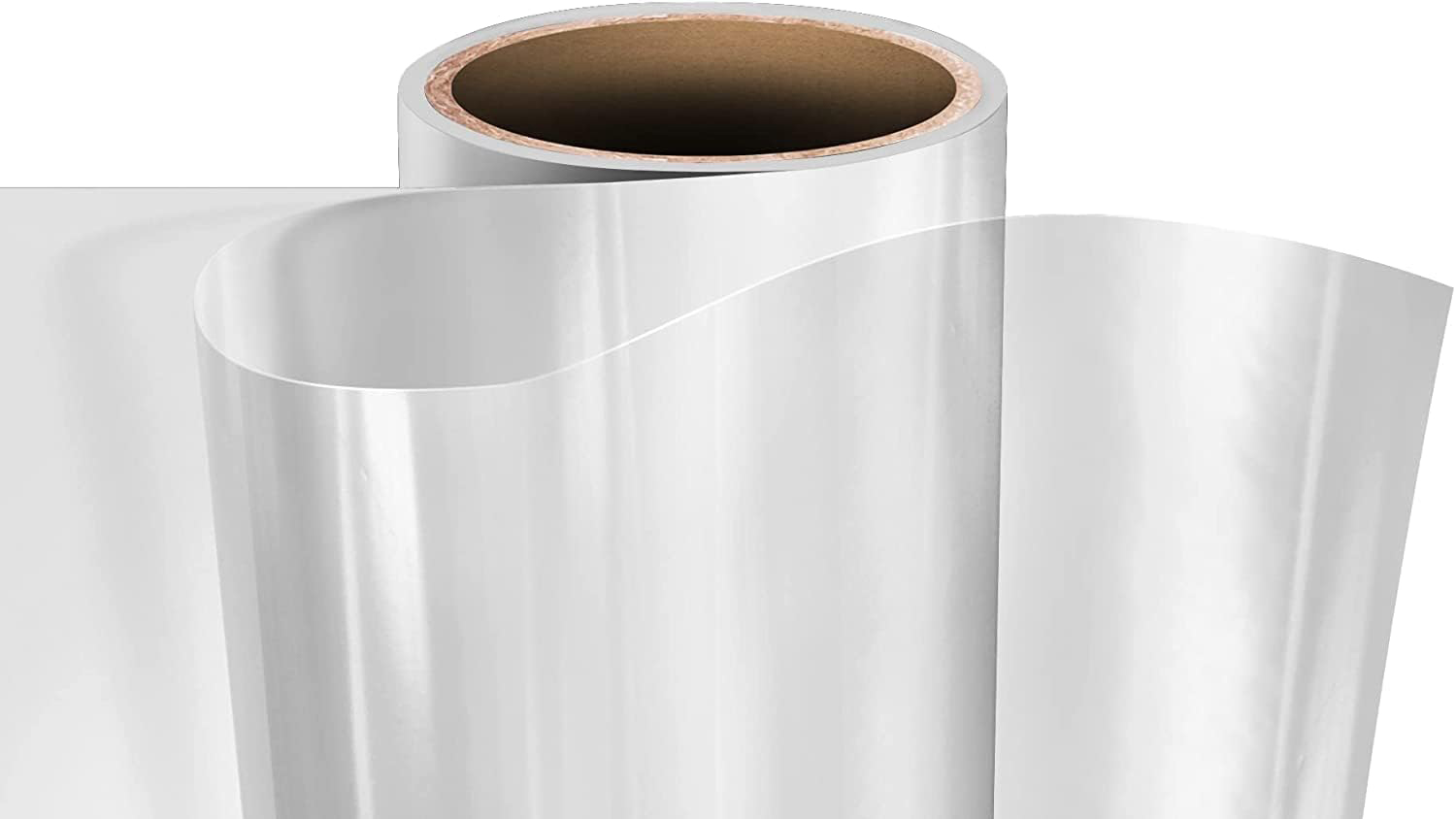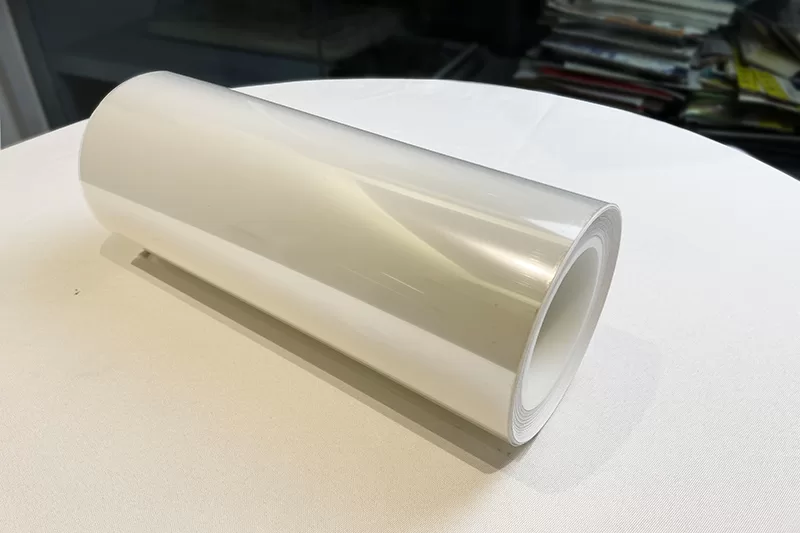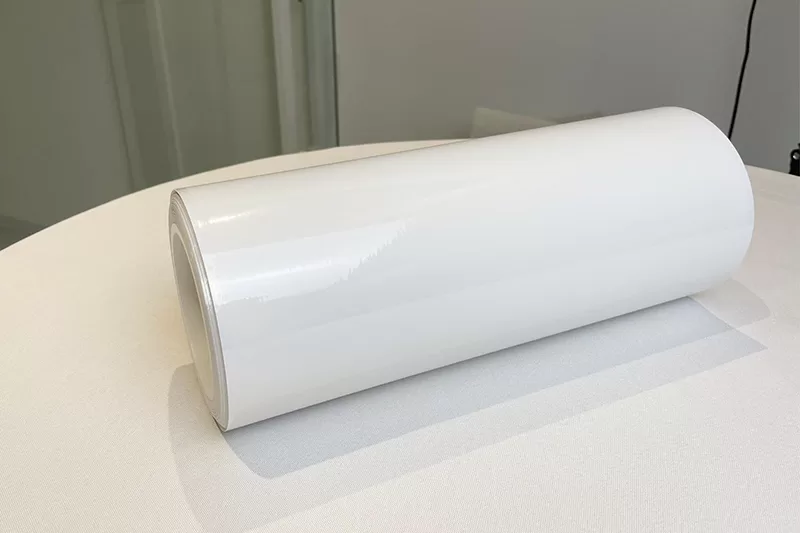In the competitive world of advertising, capturing the attention of the audience is a paramount goal. Visual impact is a key element in achieving this, and UV DTF AB film is a game-changer in enhancing the effectiveness of print ads. This cutting-edge technology elevates the visual impact of print ads, making them more memorable and engaging. In this article, we explore how UV DTF AB film is revolutionizing print advertising and boosting its effectiveness.
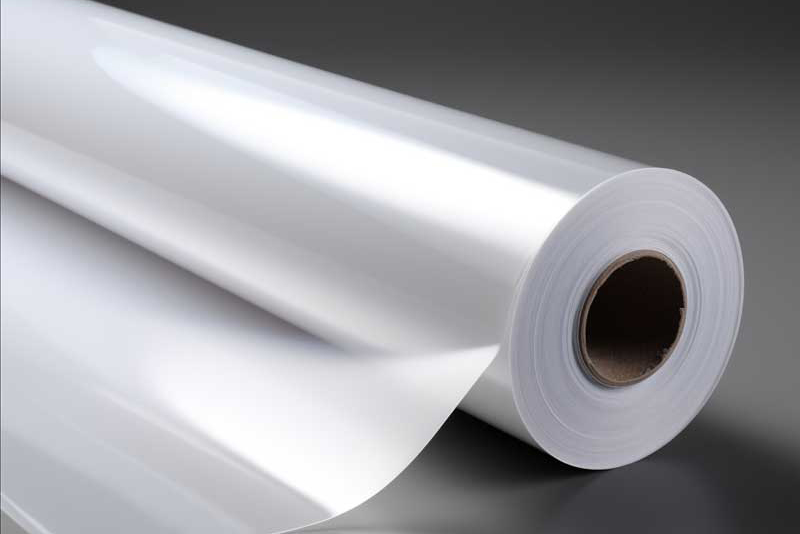
1. High-Resolution Graphics:
UV DTF AB film allows for the creation of high-resolution graphics with exceptional clarity, sharp details, and vibrant colors. This capability ensures that print ads are visually striking and captivating, even from a distance.
2. Stunning Visual Effects:
UV DTF AB film offers a wide range of visual effects, including embossing, texture, gloss, matte, and metallic finishes. These effects add depth, dimension, and tactile appeal to print ads, making them stand out and engage the senses.
3. Customization and Personalization:
Personalization is a growing trend in advertising. UV DTF AB film enables advertisers to customize and personalize print ads with ease. Whether it's tailoring messages to specific audiences or incorporating individual names and images, this technology allows for a more personalized and relevant advertising experience.
4. Durability and Longevity:
Effective advertising materials need to withstand wear and tear, UV exposure, and environmental factors. UV DTF AB film is known for its durability and resistance to fading, ensuring that print ads remain impactful and visually appealing over an extended period.
5. Speed and Efficiency:
In the fast-paced world of advertising, speed is essential. UV DTF AB film offers a relatively quick turnaround compared to some traditional printing methods. Advertisers can produce high-quality print ads efficiently, allowing for timely campaign launches.
6. Creative Freedom:
Advertisers are increasingly focusing on creativity and innovation to capture audience attention. UV DTF AB film provides creative freedom by enabling the incorporation of various visual effects, textures, and finishes into print ads. This flexibility allows advertisers to bring their unique ideas to life.
7. Eco-Friendly Options:
Sustainability is a growing concern in advertising. UV DTF AB film can align with sustainability goals when using eco-friendly UV-curable inks and materials. This resonates with environmentally-conscious consumers and enhances a brand's reputation.
8. Brand Consistency:
Maintaining brand consistency across various advertising materials is crucial. UV DTF AB film enables consistent branding, ensuring that print ads align with the overall brand identity and messaging.
9. Interactive and Multi-Sensory Experiences:
UV DTF AB film can be used to create interactive and multi-sensory experiences in print ads. By incorporating embossed elements, textured surfaces, and tactile features, advertisers engage the audience on a deeper level, leaving a lasting impression.
10. Data-Driven Insights:
With advancements in technology, print ads can now incorporate data-driven elements such as QR codes, augmented reality (AR), or scannable features. These interactive elements provide valuable insights into audience engagement and response.
In conclusion, UV DTF AB film is transforming print advertising by offering high-resolution graphics, stunning visual effects, customization and personalization, durability, speed and efficiency, creative freedom, sustainability options, brand consistency, multi-sensory experiences, and data-driven insights. As advertisers seek innovative ways to capture audience attention and create memorable campaigns, UV DTF AB film is at the forefront of revolutionizing how print ads are designed and executed, enhancing their visual impact and effectiveness in the advertising landscape.
kenteer specializes in the production and wholesale of UV DTF Film. If you have production and wholesale needs, you can contact us.

